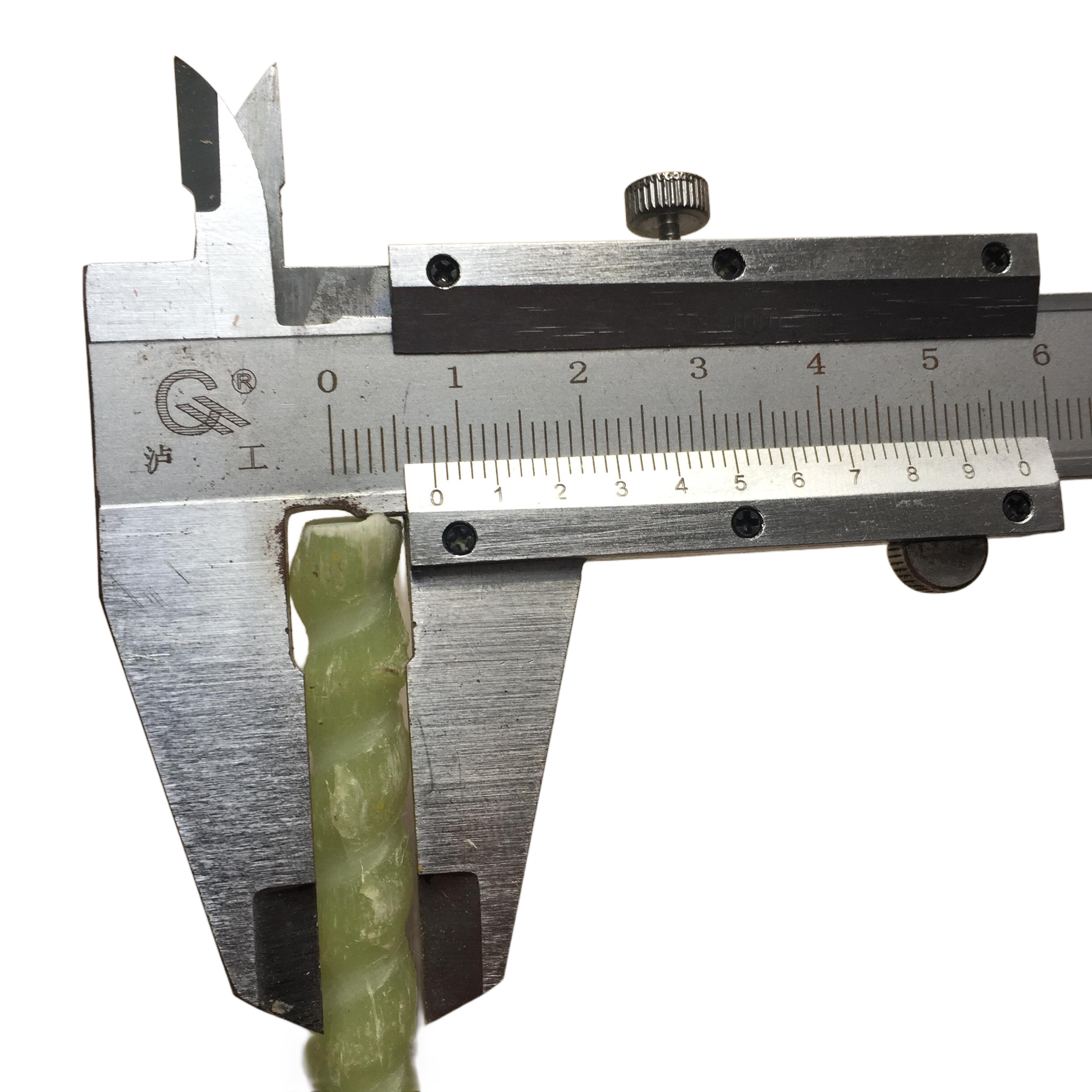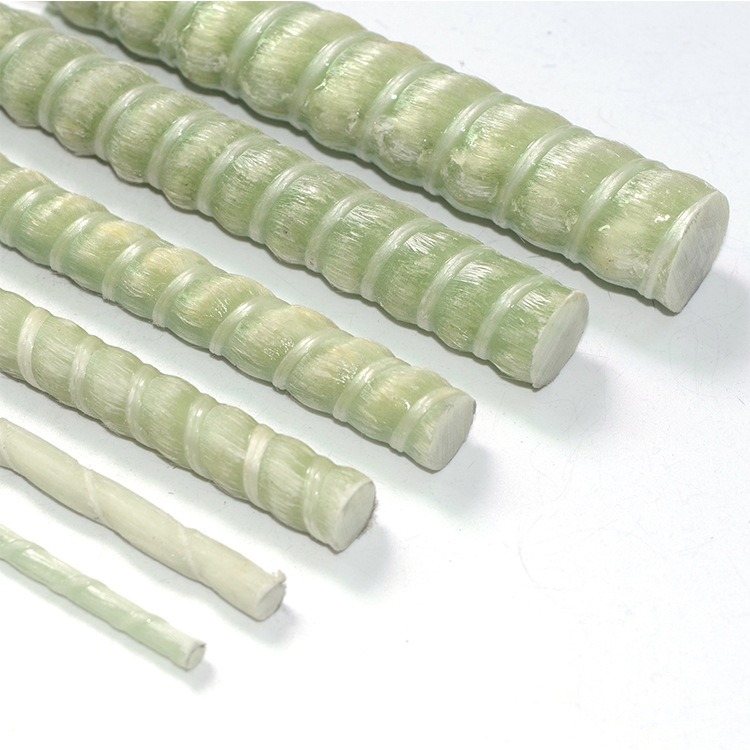Introduction
Construction bolts are the unsung heroes of the infrastructure world, providing the fundamental means by which structures are held together. These seemingly simple components are essential in ensuring the stability and integrity of buildings, bridges, and various other structures. The evolution of construction bolts has been marked by advancements in materials science and engineering design, leading to enhanced performance and durability. This article delves into the complexities of construction bolts, exploring their types, materials, applications, and the latest innovations shaping the industry.
Types of Construction Bolts
The diversity of construction projects necessitates a variety of bolt types to meet specific structural requirements. Bolts can be broadly classified based on their design and application:
Hexagonal Head Bolts
Hexagonal head bolts are among the most commonly used in construction due to their ease of installation and ability to be tightened with standard tools. They are utilized in connecting structural components where accessible bolt heads are acceptable.
High-Strength Friction Grip Bolts
High-strength friction grip bolts are used in scenarios where joints are subject to significant shear forces. The bolts create a clamping force that relies on friction between the connected materials, providing a secure and durable connection.
Anchor Bolts
Anchor bolts are designed to attach structural elements to concrete. They are used extensively in securing columns, beams, and other elements to foundations, ensuring stability and resistance to external forces such as wind and seismic activity.
Glass Fiber Reinforced Polymer (GFRP) Bolts
GFRP bolts represent a significant advancement in bolt technology. Composed of glass fiber and polymer resin, they offer high strength-to-weight ratios and excellent resistance to corrosion and magnetic fields. These properties make them ideal for specialized applications in environments where metal bolts may deteriorate or interfere with sensitive equipment.
Materials Used in Construction Bolts
The material composition of construction bolts directly impacts their performance, durability, and suitability for specific applications. Traditional bolts are typically made from various grades of steel, each offering different mechanical properties:
Carbon Steel Bolts
Carbon steel bolts are widely used due to their strength and cost-effectiveness. However, they are susceptible to corrosion and may not be suitable for all environments.
Stainless Steel Bolts
Stainless steel offers enhanced corrosion resistance, making these bolts ideal for use in harsh environments, such as marine applications or chemical plants. They provide longevity but at a higher material cost.
GFRP Bolts
As previously mentioned, GFRP bolts are constructed from composite materials that provide unique benefits. Their non-corrosive nature and electromagnetic transparency make them suitable for use in medical facilities, power plants, and other environments where metal bolts could pose problems.
Applications of Construction Bolts
Construction bolts are integral to the safety and functionality of numerous structures. Their applications are as varied as the structures themselves:
Building Construction
In residential and commercial buildings, bolts secure steel frames, connect wooden components, and anchor structures to their foundations. The choice of bolt type and material depends on factors such as load requirements, environmental conditions, and building codes.
Infrastructure Projects
Bridges, tunnels, and highways rely on construction bolts for structural integrity. High-strength bolts are essential in these projects to withstand dynamic loads and environmental stresses. The use of construction bolts in these applications ensures longevity and safety.
Industrial Facilities
Factories and plants often require specialized bolts that can withstand extreme temperatures, pressures, and chemical exposures. Stainless steel and GFRP bolts are commonly used to meet these demanding conditions.
Specialized Environments
In environments where electromagnetic interference is a concern, such as in hospitals or research facilities, GFRP bolts provide a non-magnetic solution. Their use ensures that sensitive equipment operates without disruption.
Advancements in Construction Bolt Technology
The construction industry continually seeks materials and technologies that improve performance, reduce costs, and enhance sustainability. Recent advancements in bolt technology reflect these goals:
Development of GFRP Bolts
The introduction of GFRP bolts has addressed several limitations associated with traditional metal bolts. Their corrosion resistance significantly reduces maintenance costs and extends the lifespan of structures. Additionally, their lightweight nature eases handling and installation.
Smart Bolts
Innovation has led to the creation of smart bolts equipped with sensors that monitor tension and integrity in real-time. These technologies enable predictive maintenance and enhance safety by detecting potential failures before they occur.
Advanced Coatings and Treatments
Surface treatments and coatings, such as galvanization and epoxy finishes, have improved the durability of bolts in corrosive environments. These advancements help protect against rust and chemical degradation.
Case Studies
Examining real-world applications provides insight into the practical benefits of advanced construction bolts:
Bridge Construction with GFRP Bolts
A study conducted on a coastal bridge project demonstrated that using GFRP bolts significantly reduced maintenance costs over a 20-year period. The bolts' resistance to saltwater corrosion proved invaluable, ensuring structural integrity and reducing downtime.
Infrastructure in Seismic Zones
In earthquake-prone regions, the flexibility and strength of advanced bolt materials have been critical. High-strength bolts with specific ductility properties have been used to allow structures to absorb and dissipate seismic energy, reducing the risk of catastrophic failure.
Regulatory Standards and Quality Assurance
Compliance with international standards is essential in ensuring the safety and performance of construction bolts. Organizations such as ASTM International and the International Organization for Standardization (ISO) provide guidelines on bolt manufacturing, testing, and application.
Material Specifications
Standards specify the chemical composition and mechanical properties required for different bolt grades. Adherence to these specifications ensures that bolts perform as expected under various loads and environmental conditions.
Testing Methods
Rigorous testing, including tensile strength, shear strength, and fatigue testing, is conducted to verify bolt performance. Quality assurance processes help detect manufacturing defects and prevent failures in the field.
Sustainability Considerations
The environmental impact of construction materials is a growing concern. The production and lifecycle of construction bolts contribute to a structure's overall carbon footprint.
Recyclability of Materials
Steel bolts are recyclable, reducing waste and conserving resources. However, the energy required for production and recycling can be significant. GFRP bolts, while offering performance benefits, present challenges in recyclability that are currently being addressed through research and development.
Environmental Impact of Production
Manufacturing processes are being optimized to reduce emissions and energy consumption. Innovations in production technology aim to create more sustainable practices within the bolt manufacturing industry.
Future Trends in Construction Bolts
The construction industry continues to evolve, with trends pointing toward increased use of advanced materials and smart technologies:
Integration with Building Information Modeling (BIM)
Digital modeling and BIM systems are enabling more precise planning of bolt placement and specifications, reducing errors and improving efficiency during construction.
Nanotechnology in Bolt Coatings
Research into nanomaterials is leading to the development of coatings that can enhance bolt performance, providing self-healing properties and increased resistance to wear and corrosion.
Conclusion
Construction bolts are vital components that underpin the safety and longevity of structures worldwide. Advancements in materials, such as the development of construction bolts made from GFRP, are expanding the possibilities within the industry. As technology progresses, we can anticipate further innovations that will enhance performance, reduce environmental impact, and contribute to the sustainable development of infrastructure. The ongoing research and development efforts underscore the industry's commitment to excellence and safety in construction practices.



























